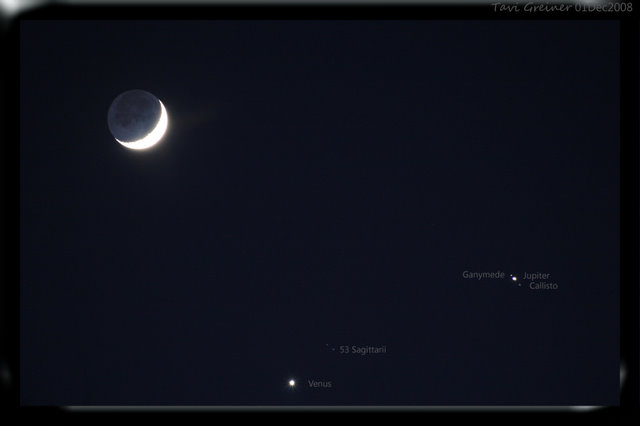Universe Today: Physicists and cosmologists consider possibility of time before the Big Bang

NASA:
Timeline of the Universe
- What happened before the Big Bang? The conventional answer to that question is usually, "There is no such thing as 'before the Big Bang.'" That's the event that started it all. But the right answer, says physicist Sean Carroll, is, "We just don't know." Carroll, as well as many other physicists and cosmologists have begun to consider the possibility of time before the Big Bang, as well as alternative theories of how our universe came to be. Carroll discussed this type of "speculative research" during a talk at the American Astronomical Society Meeting last week in St. Louis, Missouri.
"This is an interesting time to be a cosmologist," Carroll said. "We are both blessed and cursed. It's a golden age, but the problem is that the model we have of the universe makes no sense." First, there's an inventory problem, where 95% of the universe is unaccounted for. Cosmologists seemingly have solved that problem by concocting
dark matter and
dark energy. But because we have "created" matter to fit the data doesn't mean we understand the nature of the universe. Another big surprise about our universe comes from actual data from the
WMAP (Wilkinson Microwave Anisotropy Probe)
spacecraft which has been studying the Cosmic Microwave Background (CMB)“ the "echo" of the Big Bang.
Continued...

Yahoo Slideshow:
Planets surround moon in unusual night sky » Universe Today:
Astronomy Photos
Science.qj.net: NASA has recently
published a detailed timeline of the "Big Bang" and the events following over the course of over 13 billion years. This timeline, based on the most data received by NASA's
Wilkinson Microwave Anisotropy Probe (WMAP), shows that, after the first micro-fraction of a second following the "Big Bang" (in which matter expanded at a speed faster than light, paradoxically enough), the universe expanded relatively slowly.
One of the most interesting findings was that matter began coalescing into stars early on - perhaps only 400 million years after the initial explosion. Since star formation leads to the appearance of
planets and ultimately (though theoretically, at this point) life itself, and life on Earth covers less than half of the time, one might speculate how many ecosystems have risen and fallen, or may exist yet in our universe.
MORE
•
The Universe's Invisible Hand (Pdf) •
Cosmology links
•
Is the Universe Expanding? (
more)
• Web Book:
Standard Cosmology and other Possible Universes

•
The Universe
•
Einstein’s Static Universe: An Idea Whose Time HasCome Back?
• Big Bang Theory of the Universe and other articles:
www.newuniverse.co.uk
• Latest scientific discoveries in Astrophysics:
http://science.qj.net/Astrophysics/cid/1132
 (high res.)
(high res.) (high res.)
(high res.) (high res.)
(high res.)
 (
( (
( (
( (
(
 (
( (
(
 (
( (
( (
(
 (
( (
( (
( (
( (
( » IAF Videos:
» IAF Videos: 
 (
( Photo:
Photo:  Photos:
Photos:  Wikip:
Wikip: 
 (
( •
•  NASA:
NASA: 
 •
•